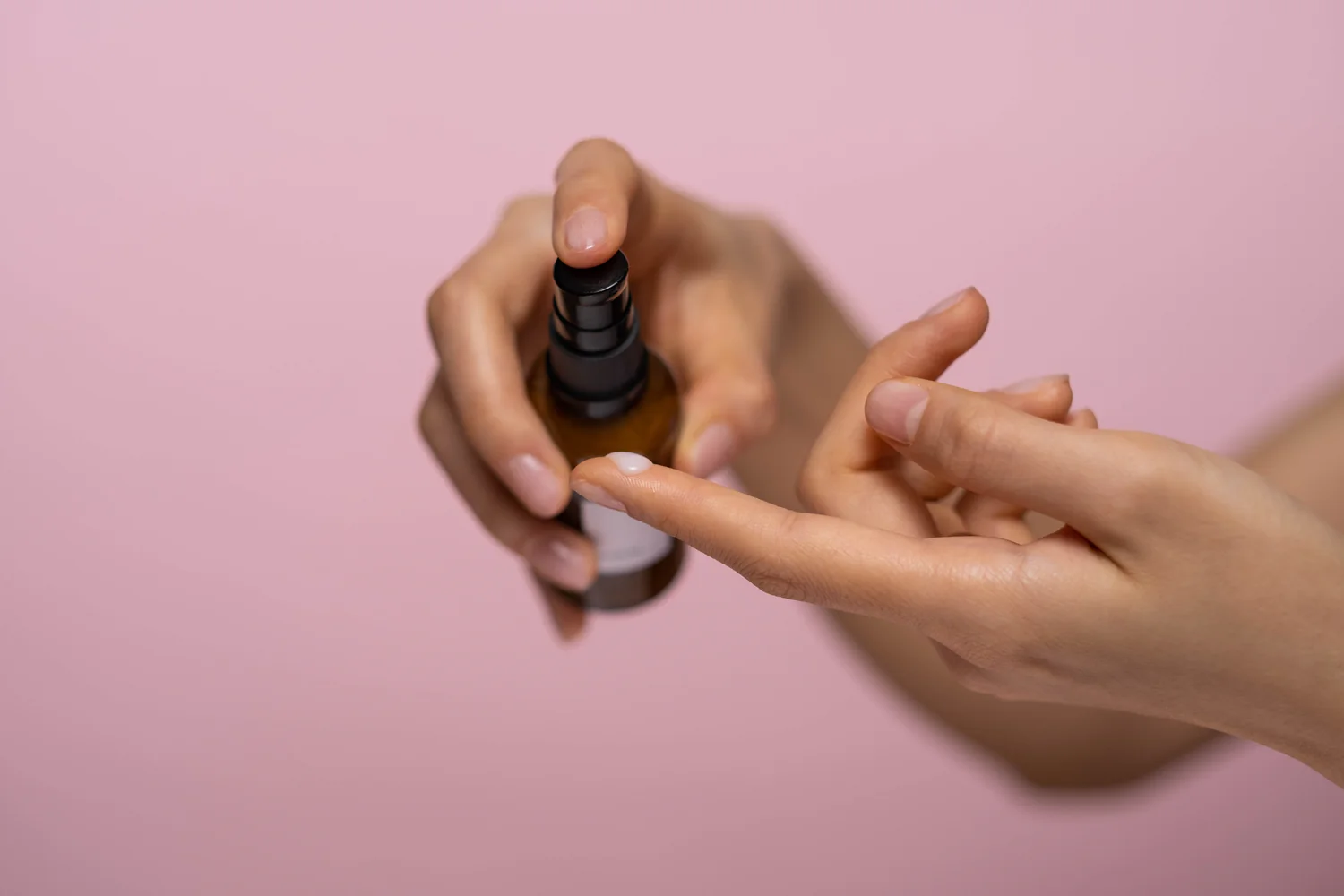
Introduction
Candles have long been a staple in homes, offering ambiance, aromatherapy, and a touch of luxury. Leading the scented candle market is Bath and Body Works, known for its vast range of fragrances. However, with increasing awareness about indoor air quality and health, many consumers are wondering about the safety of their favorite candles. This article delves into the question: Are Bath and Body Works candles toxic?
The Allure of Bath and Body Works Candles
Bath and Body Works has established itself as a favorite for many candle enthusiasts. With a diverse array of scents ranging from seasonal delights to classic aromas, the brand promises not just fragrance but also an experience. Their marketing often emphasizes the quality and safety of their products, but what lies beneath the wax and wick?
Components of a Typical Scented Candle
To understand potential toxicity, it’s essential to know what makes up a candle:
- Wax Base: The majority of scented candles are made from paraffin, soy, beeswax, or a blend. Each has its own set of pros and cons.
- Fragrance Oils vs. Essential Oils: While essential oils are distilled from plants and generally considered natural, fragrance oils can be a mix of natural and synthetic components.
- Wicks: The material of the wick can vary, with cotton and wood being common, but some older candles used metal-core wicks, which raised health concerns.
Controversies and Concerns
There have been debates surrounding the safety of certain candle components:
- Paraffin Wax: Derived from petroleum, some studies suggest that paraffin wax can release toxic compounds when burned. However, the quantity and actual risk remain topics of discussion.
- Fragrance Oils: Some synthetic compounds in fragrance oils, like phthalates, have been under scrutiny for potential health risks.
- Wick Concerns: While the U.S. banned the use of lead wicks in 2003, concerns about metal-core wicks from older candles or imports linger.
Bath and Body Works Candles: What the Brand Says
Bath and Body Works maintains that their candles are safe when used as directed. Key points from the brand:
- They emphasize using a blend of vegetable wax and paraffin, which they suggest ensures the best scent experience.
- The brand assures customers that their fragrance oils are rigorously tested and comply with the highest quality and safety standards.
- They use lead-free wicks, primarily made of cotton.
Research and Expert Opinions
Most research indicates that, in general, burning candles can contribute to indoor air pollution. However:
- The risk often relates to the volume of candles burned and the ventilation of the room.
- Experts recommend ensuring good ventilation, not burning candles for extended periods, and maintaining a trimmed wick for a cleaner burn.
- Specific to Bath and Body Works, no conclusive study labels them as exceptionally toxic or significantly safer than other scented candles.
Consumer Feedback and Experiences
Diverse user experiences abound:
- Many consumers swear by Bath and Body Works candles, having used them for years without any adverse reactions.
- Some users have reported headaches or allergies, though it’s essential to note that reactions can be highly individual, depending on sensitivities.
Safety Tips for Burning Candles
For those who love candles, safety is paramount:
- Ventilation: Always ensure the room is well-ventilated.
- Duration: Avoid burning candles for prolonged periods.
- Position: Keep candles away from flammable items, children, and pets.
Conclusion
While there are valid concerns about the components in scented candles, labeling Bath and Body Works candles as “toxic” might be an overreach based on current evidence. Like all things, moderation and careful use are key. Enjoy your candles, but always prioritize safety and awareness.






